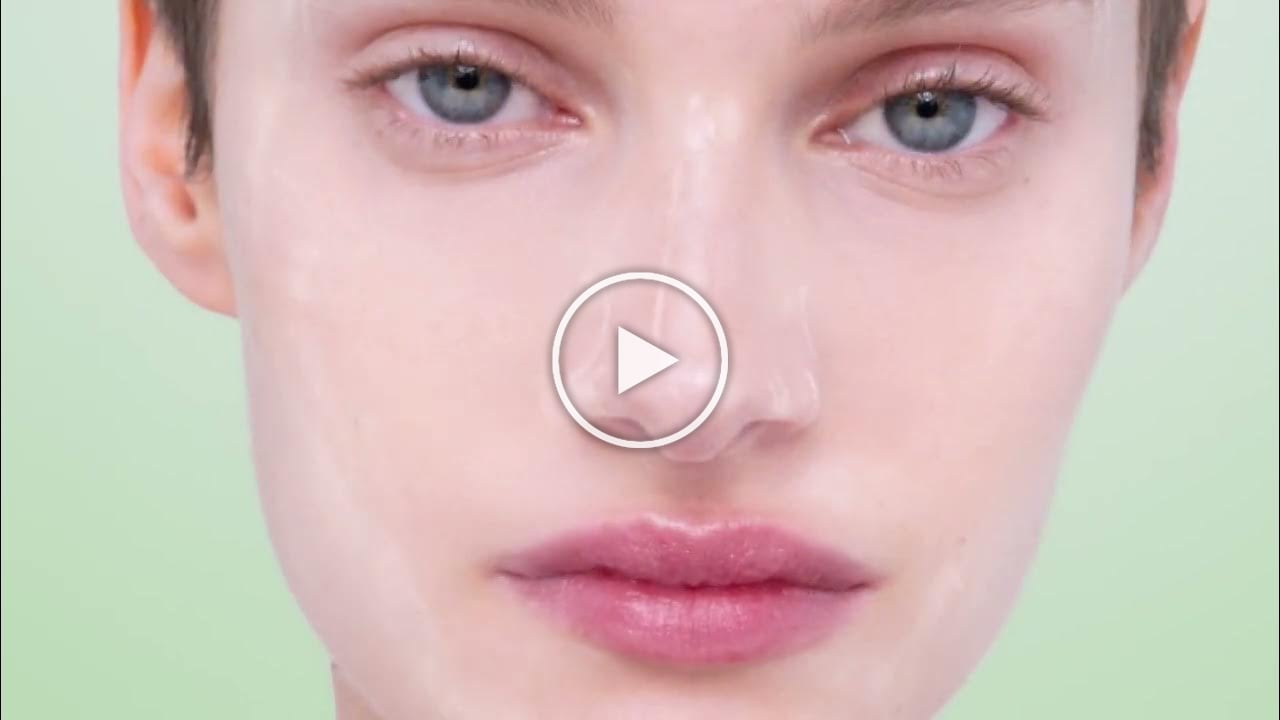Prada’s beauty collections have just launched with an extravagant campaign entitled 'Rethinking Beauty', which seems to position the products as futuristic and tech-savvy.
The brand has worked closely with L'Oréal’s research and innovation centre and has even recruited two top makeup artists Ines Alpha and Lynsey Alexander as ambassadors to help promote the products.
Facial skin care range Prada Skin includes a cleanser, face serum and face cream. The brand said the range “empowers the skin’s inherent resilience to renew, regenerate, and reinforce itself.”
Meanwhile, Prada Colour is a collection of lipsticks, a lip balm, eyeshadow palettes and foundation, most of which are refillable.
There’s also a selection of makeup brushes and application tools.
Prices range from £35 (€40) for a makeup blending sponge to £315 (€366) for a moisturiser. Products will be sold direct via Prada’s website, on a dedicated Prada Beauty site, and at selected, high-end retailers. The brand is also said to be launching a Prada Beauty store in the US in 2024.
Luxe beauty is still growing
Excluding the years affected by COVID-19, there has been consistent global growth for the luxury beauty market. While mass beauty brands have seen losses, or gains only made through price hikes rather than selling more products, prestige has enjoyed increasingly strong sales.
Last week, LVMH recorded record overall revenue of €42.2bn for it’s half-year financial results and prestige brand Christian Dior saw outstanding revenue in the first two quarters, while prestige retailer Sephora also had an exceptionally good period and continued to grow its market share.
Another high-fashion brand, Hermès, which launched its cosmetics range in 2020 and added to it with Rouge Hermès in March this year, has just released its financial results for the first six months of 2023.
It’s Perfume and Beauty division continued to develop, making revenue of €249m in HY2023, up by 8.3% on the same period in 2022. And this autumn it’s set to add to the collection with ‘Beauty around the eyes’.
Plus Puig, which owns fashion house cosmetics brands like Dries van Noten and Carolina Herrera, grew by a huge 40% to €3.6bn in 2022.
Lacking a USP?
In the light of all of this, it seemed like the perfect moment for the Italian fashion brand to launch its beauty ranges and enjoy a piece of the prestige pie.
The collections themselves appear to be an amalgamation of current beauty trends. Beautiful and refillable packaging. Check. Hype-inducing marketing campaign and super-cool ambassadors. Check. References to smart technology and personalisation. Check.
Yet for some industry experts, something feels a little cliché and cynical about it all.
“From what I can tell about the Prada range, it lacks a USP,” said Sophie Mitchell, Associate Analyst at Global Data. “The products are refillable, but the shade range of the foundation is similar to that of Dior Backstage and nothing to write home about at 33 shades – with deep shades noticeably missing.”
She also noted that the range is very expensive and inaccessible, particularly the skincare, which is £85 (€99) just for a cleanser and £315 (€366) for a moisturiser.
“There is no doubt that beauty consumers will spend on products, but often when hype is created around a product – such as Tatcha Dewy Skin Cream that went viral on TikTok, or ByTerry CC serum, or Drunk Elephant Bronzi drops – the products are unique and worth the price tag because they have unique ingredients or purposes,” she said.
“To me these products don’t intrigue or excite, there’s nothing particularly inventive or unique in the Prada collection, which may make it hard for shoppers to justify a purchase given the price tags.”
Dior and Chanel cosmetics sold on the high street
The marketing campaign for the new ranges focuses on technology, stating that Prada “emerges as a visionary collaboration across an eclectic spectrum of creatives, bridging the physical and digital.”
The brand is said to be planning to introduce a skin diagnosis device to conduct advanced analysis of consumers' skin. It’s also said to be launching a virtual makeup try-on service for its lip and eye cosmetics offering. Yet at this point there is nothing noticeably tech-savvy or innovative about the products.
“Given that there are only currently three skincare products in its line, I’m not sure what the purpose of that would be in terms of how Prada would subsequently recommend products for different skin types,” Mitchell also pointed out. “But there may be plans for more skincare in future, which would make the technology element make more sense.”
Mitchell believed the products would mainly resonate with shoppers who will buy it purely for the brand name and packaging/high fashion element.
She concluded: “Prada has a strong brand equity, but the range is ultimately targeted at the top-end consumers, and Prada fans with its hefty price tags, which ultimately may be a mistake when competitors such as Dior and Chanel aim their products at mass market and can be bought on offer in high street stores.”





